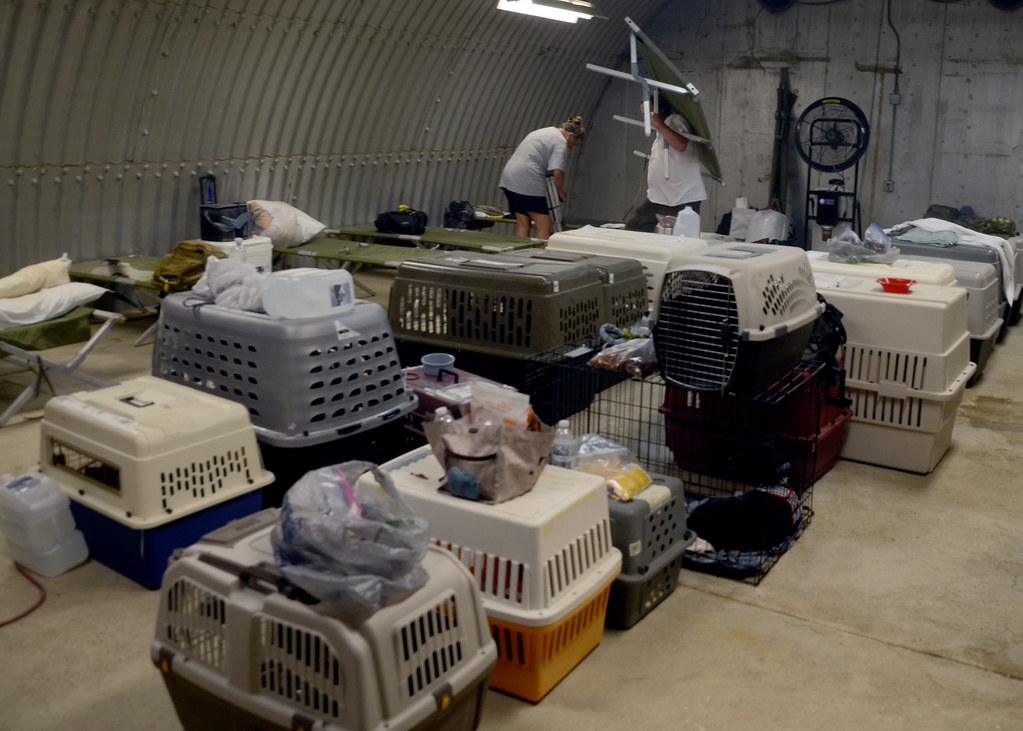Importance of Preparation
Getting your pet ready for international travel is crucial. Proper preparation can reduce anxiety for you and your pet, ensuring a smoother experience. Whether you’re moving pets to Europe or another destination, the process can be overwhelming without the proper guidance. The ASPCA advises understanding the specific travel requirements of your destination, as different countries have varying pet entry regulations. Unaware of these can lead to complications, such as quarantine periods or specific vaccinations or treatments. Familiarizing yourself with these requirements saves time and prevents unnecessary stress on your pet.
Health Checks and Vaccines
Ensure your pet is up-to-date with necessary health checks and vaccinations for international travel. Consult your vet for a health certificate and specific vaccines, especially for the region you’re traveling to. Be aware of destination tests and read the CDC’s guidelines for pet vaccinations. Commonly required vaccines include rabies, canine distemper, and leptospirosis. Double-check for specific requirements of your destination country. A health certificate proves your pet’s health and fit for travel.
Choosing the Right Carrier
Choose a carrier that meets airline regulations and is comfortable for your pet. It should be well-ventilated and secure and provide enough space for your pet to move around. Include a water bottle, soft bedding, and a familiar toy for comfort. Do a trial run at home to familiarize your pet with the carrier. Take short trips in the carrier to get them accustomed to the confinement and motion of travel. Look for carriers endorsed by pet travel organizations or veterinarians designed for your pet’s comfort and safety.
Documentation and Paperwork
To ensure a smooth transition for your pet, all necessary documentation, such as health certificates, vaccination records, and an import permit, is completed correctly and submitted on time. Check with the embassy or consulate for the most accurate information. Keep multiple copies of these documents, digital copies on your phone or email, and strap a pouch to the pet’s carrier for quick access. Understanding the intricacies of each form will help you avoid complications upon entry and ensure a seamless transition.
Preparing for the Journey
Acclimating your pet to travel involves crate training and familiarizing them with the sounds and smells of the journey. Start with short drives in the carrier, gradually increasing the duration to make them accustomed to movement. Feed them a light meal a few hours before travel, provide them with water, and provide comfort items like a toy or blanket. Regular exercise and placing clothing in their carrier can also help them stay calm during transit.
Arrival and Settling In
Upon arrival, allow your pet time to adjust to its new environment. Offer it food, water, and a quiet space to relax. Maintain a stable routine, following the usual feeding schedule and daily walks. Take it on a tour of its new surroundings, gradually introducing it to new spaces. Pay attention to signs of stress or discomfort and allow time to adjust.
Stay consistent with your pet’s routine to ensure they feel secure. Monitor their health closely for signs of stress or illness, and look out for changes in behavior or appetite. Allow your pet time to acclimate before introducing new activities or changes. By following these steps, you can ensure a stress-free international travel experience for you and your pet.

